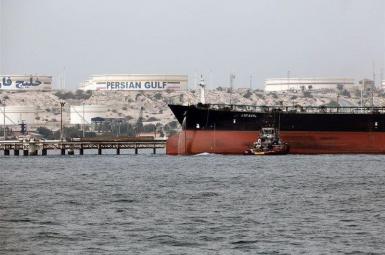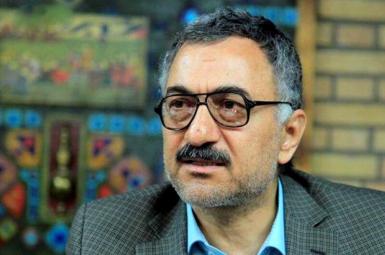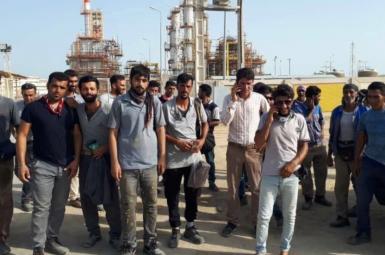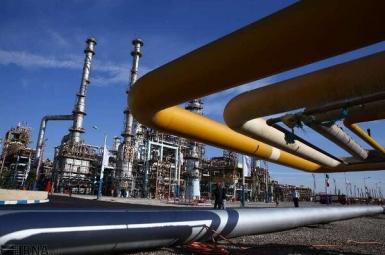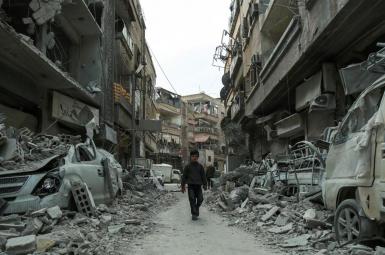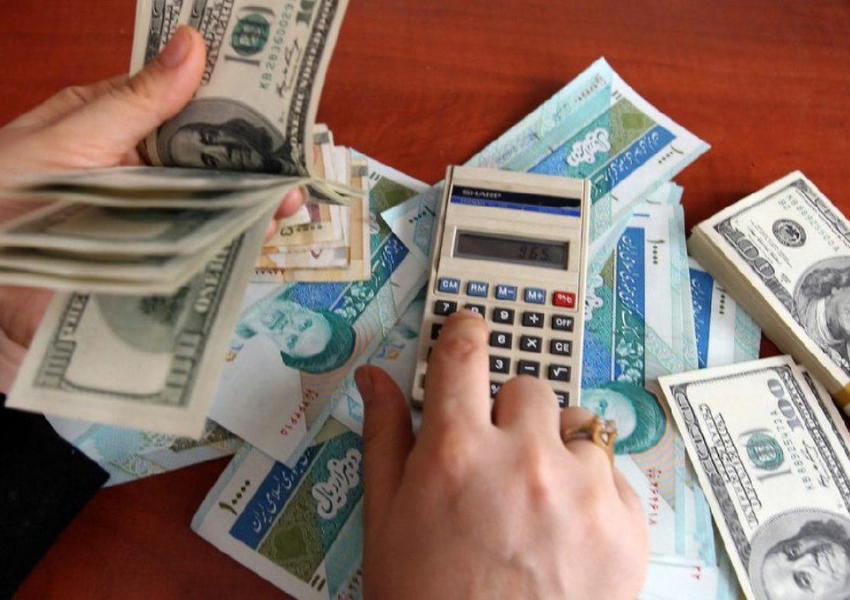
'Chaos In The Markets', Tehran Headline Warns As Iran's Rial Falls To New Lows
Iran International
‘Chaos in the markets’ runs the Monday morning headline on Iran’s Fararu news website following the Central Bank’s announcement that it will intervene daily to support the rial, which had dropped to 320,000 against the United States dollar on Sunday.
A new batch of US banking sanctions announced on October 8 sent the rial below the important benchmark of 300,000 rials to the dollar on Saturday, marking a fall of over 10 percent in a week.
The sudden jolt caused immediate price rises. The Iranian-Pride, a basic compact car, jumped to over 1.4 billion rials, around $4,500. The price of the Pride, a vehicle widely ridiculed in conversations and on social media, is beyond the reach of most Iranians.
The Central Bank of Iran (CBI) plans from Monday, October 12, to inject $50 million a day into the foreign exchange market to support the rial. Its announcement prompted some holding dollars to begin selling, prompting a modest rise in the rial by late Monday morning to 310,000 against the dollar.
Such CBI intervention can help the rial against devaluation pressures. But it comes at a cost: Injecting $50 million a day requires $1.5 billion monthly, straining foreign reserves depleted by the collapse of oil exports since 2018 in the face of US sanctions. In the past three years, when the rial has fallen tenfold, the government has made many pledges to defend the currency that have not worked.
Iranians with spare money have been converting their rials into investments with real value, such as foreign currencies, gold and real estate. To dissuade them, the government needs foreign revenue of at least $40-50 billion dollars a year - the kind of resources it has lost since the fall of 2018 when US oil sanctions began to bite.
But even before President Donald Trump withdrew from the 2015 nuclear deal and imposed draconian sanctions, reports in Iranian media in 2018 suggested that at least $30 billion dollars left the country. At a time when the rial was worth 8-9 times what it is today, those able to do so were converting their money into dollars and moving it abroad.
The US presidential elections may help the rial. Democratic Party candidate Joe Biden opposed Trump’s withdrawal from the nuclear agreement and may loosen the ‘maximum pressure’ policy. A Biden victory and anticipation of possible talks with Washington would support the Iranian currency, but given the rial’s fragility, markets in Iran would expect quick and concrete action from a new administration. Without quick sanctions relief, any respite for the falling rial and from inflationary pressures would be short-lived.

